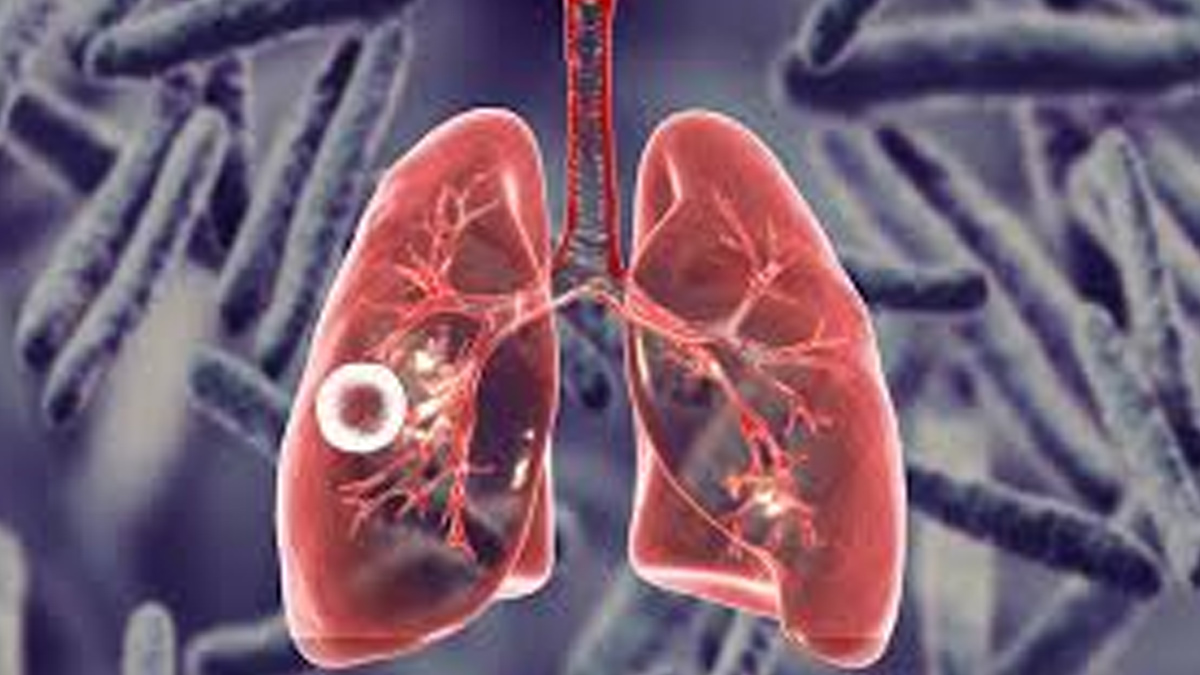
Tuberculosis (TB) has re-emerged as the top infectious disease killer worldwide, surpassing COVID-19, according to the World Health Organization’s (WHO) recent Global Tuberculosis Report 2024. The latest data shows that approximately 8.2 million people were newly diagnosed with TB in 2023—a peak in cases since WHO began systematic global monitoring in 1995. The total number of people affected by TB rose slightly to an estimated 10.8 million in 2023, underscoring the disease's global impact, despite incremental progress in reducing TB-related deaths.
Table of Content:-
Escalating TB Cases Despite Death Rate Decline
Although the number of TB-related deaths decreased from 1.32 million in 2022 to 1.25 million in 2023, the overall incidence of the disease increased. WHO officials attribute this trend to factors including gaps in healthcare funding, limited access to timely diagnosis, and the complex web of socioeconomic and health risk factors that continue to fuel the spread of TB worldwide. With COVID-19 no longer the primary infectious disease threat, TB has taken the top spot once more, emphasizing the urgency of renewed public health efforts.

High-Burden Countries and Disproportionate Impact
The burden of TB remains concentrated in 30 high-prevalence nations, which together account for the majority of cases globally. Countries like India, Indonesia, China, the Philippines, and Pakistan represent over half of the global TB cases, with India alone accounting for 26%. Across affected demographics, 55% of cases were reported among men, 33% among women, and 12% among children and young adolescents. This distribution highlights the necessity for targeted approaches in these high-burden areas, particularly to address factors that increase vulnerability to TB, including malnutrition, limited healthcare access, and co-existing health conditions like HIV.
Also Read: Is Vitamin D the Key to Tackling Type 2 Diabetes? New Study Reveals Promising Insights
Shortcomings in Funding and Financial Barriers
Funding challenges are a significant hindrance to effectively combating TB. Global financial support for TB prevention and treatment remained well below WHO's targets, with only $5.7 billion of the required $22 billion annual target secured in 2023. The burden of underfunding weighs heaviest on low- and middle-income countries (LMICs), which bear 98% of the global TB load. The majority of international donor funding, around $1.2 billion annually, remains relatively stagnant, with the United States as the largest single donor. However, the WHO report stresses that this is insufficient to cover the comprehensive needs of the TB response, particularly in LMICs.
The lack of funding also hinders TB research and development. In 2022, only 20% of the $5 billion target for research was met, limiting the progress on developing more effective diagnostics, drugs, and vaccines. WHO has underscored the critical need for financial commitment to innovation in TB treatment and prevention, which would accelerate efforts to reduce global TB prevalence and fatalities.
Also Read: Low-Carb Diet Can Replace Medicines for Type 2 Diabetes, New Study Reveals
The Threat of Multidrug-Resistant TB
A pressing issue in the global TB landscape is multidrug-resistant TB (MDR-TB), a severe form that resists standard treatment regimens. In 2023, of the estimated 400,000 people who developed MDR or rifampicin-resistant TB, only 44% were accurately diagnosed and treated. Treatment success rates for MDR-TB are around 68%, but the high cost and intensive nature of treatment continue to challenge both healthcare systems and patients. WHO’s report emphasizes that the fight against drug-resistant TB is an essential component of global TB control, especially as the world confronts rising antimicrobial resistance.
Socioeconomic Drivers and Catastrophic Costs
TB is deeply influenced by social determinants, with the report identifying undernutrition, HIV infection, alcohol use disorders, smoking, and diabetes as major contributors to TB vulnerability. Additionally, poverty and economic disparities further exacerbate the problem. In low-income countries, many TB-affected households face catastrophic costs—exceeding 20% of their annual income—to access TB services. This economic burden hampers TB control efforts and limits the ability of affected individuals and families to seek early diagnosis and adhere to treatment plans.
A Call for Global Collaboration and Action
With global milestones for reducing the TB burden lagging, WHO calls on governments, global health partners, and funding bodies to translate commitments into concrete actions. The second UN High-Level Meeting on TB, scheduled for 2027, sets ambitious targets that require a coordinated, well-funded approach. WHO underscores that accelerated funding for vaccine research is crucial for meeting these targets, given the promise of new TB vaccines to enhance prevention and control efforts worldwide.
Bottomline
In conclusion, the WHO’s 2024 report makes clear that reversing the resurgence of TB requires sustained financial commitment, innovative solutions, and multi-sectoral collaboration to address the socioeconomic and medical complexities surrounding this ancient yet persistently lethal disease.
Also watch this video
How we keep this article up to date:
We work with experts and keep a close eye on the latest in health and wellness. Whenever there is a new research or helpful information, we update our articles with accurate and useful advice.
Current Version